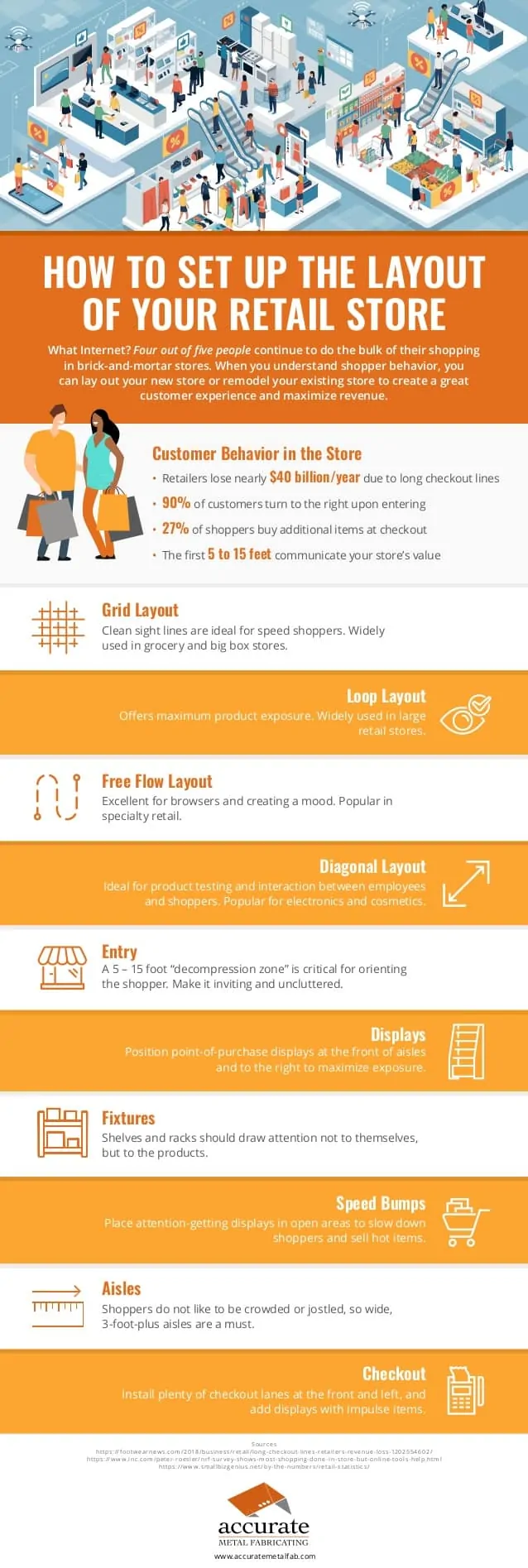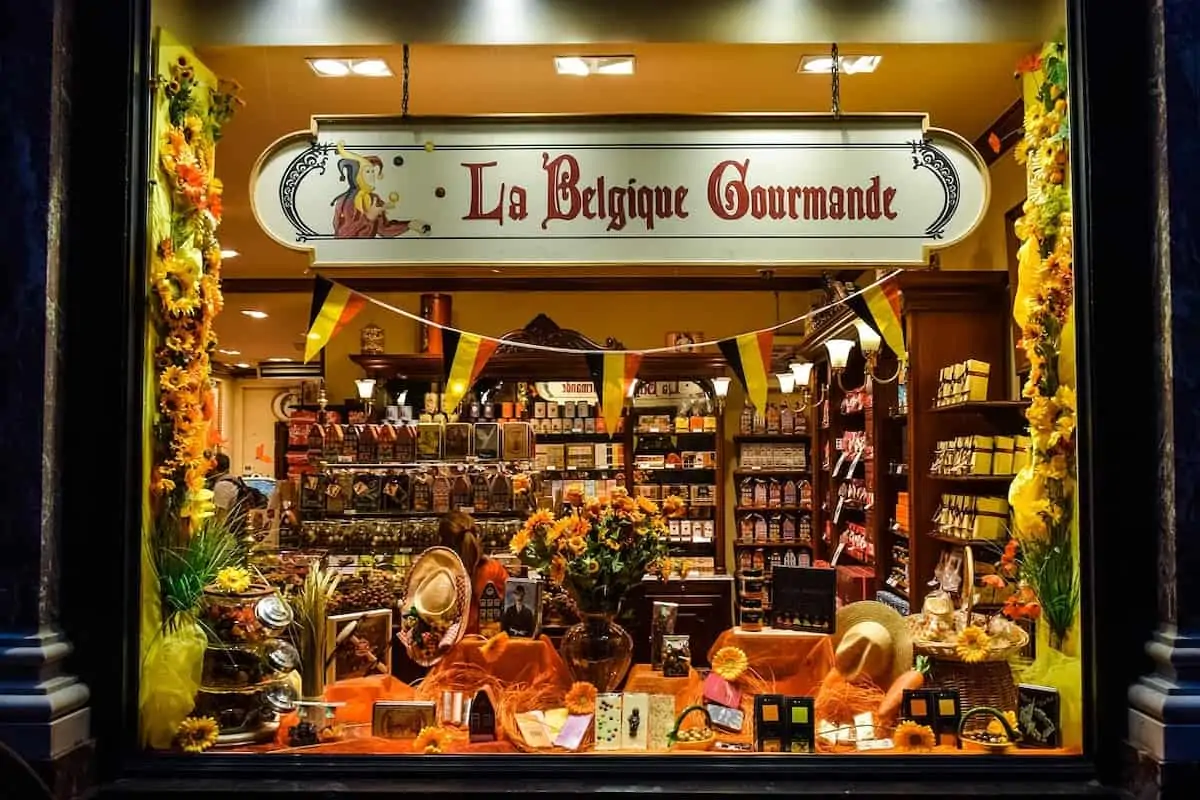The advent of the internet and the growth of multiple chain stores means that with being a small retailer or an independent retailer you now face a number of challenges to their survival.
However, it’s not all bad news. Over the past five years, the small specialty retail store sector in the US have grown by 1% to reach revenue of $41 billion in 2018.
So, it’s clear that there is plenty of opportunity to not just survive but thrive.
This infographic from Storetraffic looks at some of the complexities of being an independent retailer and offers a comprehensive survival guide for 2019.
What Are The Challenges Facing Small Retailers?
Between chain stores and online shopping, consumers today enjoy an unprecedented level of choice. What’s more, evolving technology means that retailers must always strive to constantly changing consumer habits and behaviours.
Then of course, there is the regular challenge of dealing with consistent overheads such as staffing and rent.

How Can Independent Retailers Survive & Thrive?
Experts suggest that retail success is determined by the amount of time shoppers spend in-store and the level of interaction with the store staff and merchandise. To thrive in a competitive market, retailers need to maximise these two elements plus technology by embracing their unique strengths and using them to their advantage.

Retail guru, Pam Danziger, advises that customer service is central to this: “With a focus on serving the customer holistically, rather than just satisfying their product needs, specialty retailers can make the shopping experience relevant and personal for each and every customer. They can achieve a level of intimacy with customers that no mass retailer can.”
Some ways to foster positive customer relationships include loyalty programs, hiring the right staff, and by embracing your local elements.
A Survival Guide for Small & Independent Retailers
If you are an independent retailer, you may want to scroll down to the infographic below to learn more about how you can fight back and survive long-term.


